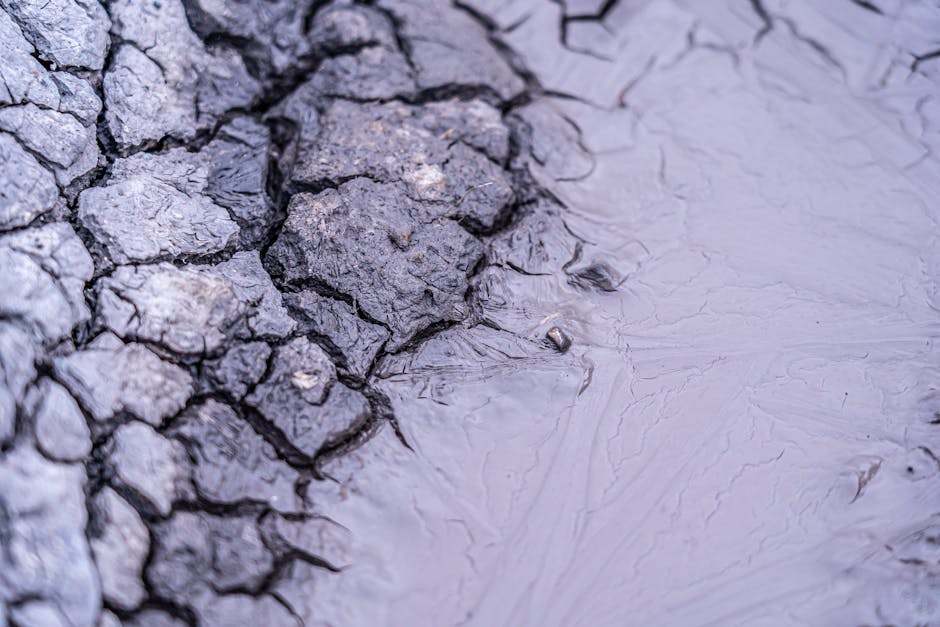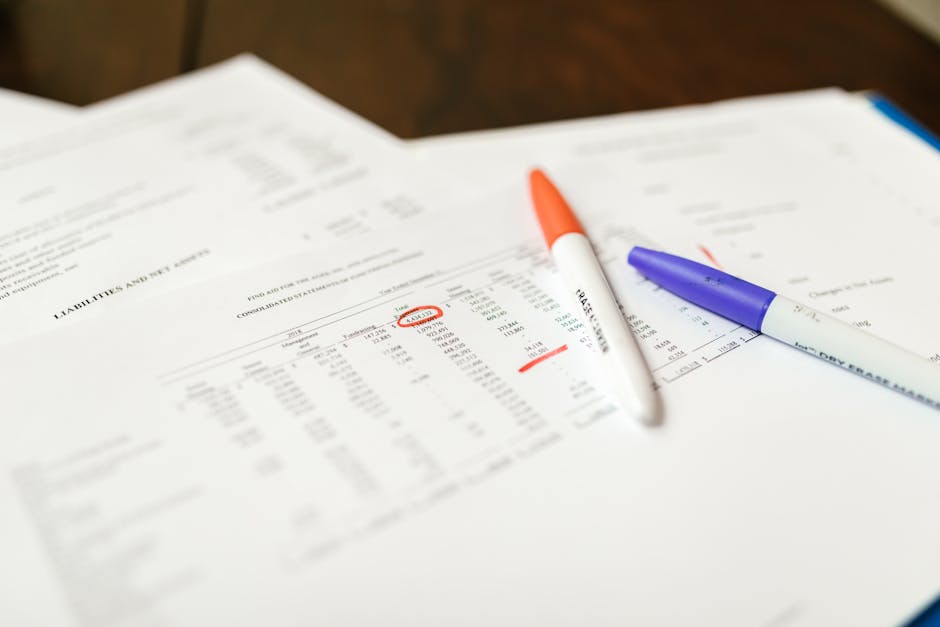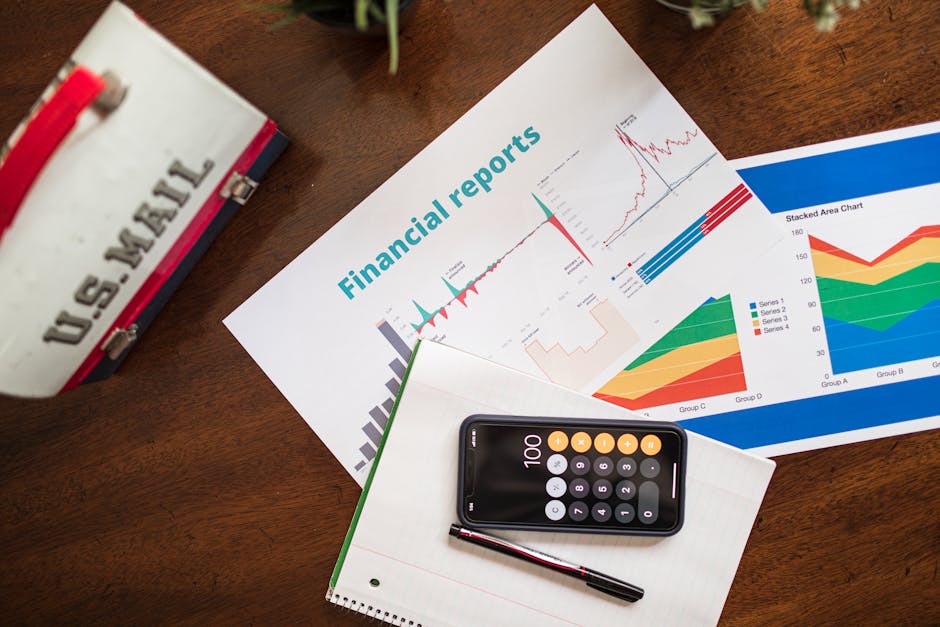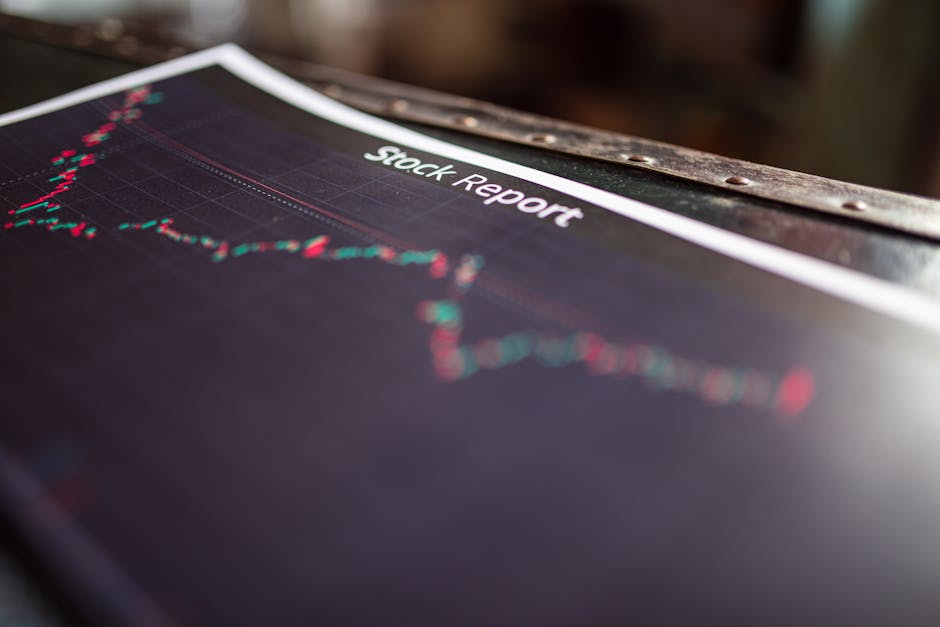How Drones Revolutionize Detailed Condition Reports
Welcome to the age of technological marvels where drones are changing the way we perceive and inspect the world around us. In various industries, drones have become indispensable tools for gathering data, monitoring environments, and providing detailed condition reports. This article delves into the fascinating realm of how drones facilitate detailed condition reports, exploring their uses, benefits, and implications. Join us on this journey as we unravel the intricacies of drone technology and its impact on modern inspection practices.
The Rise of Drones in Inspection

In recent years, drones have soared in popularity across sectors such as construction, agriculture, infrastructure, and environmental monitoring. Their ability to capture high-resolution images and videos from vantage points that were previously inaccessible has made them invaluable for conducting detailed inspections. Drones equipped with specialized cameras and sensors can provide a wealth of information about the condition of assets, structures, and landscapes with remarkable accuracy and efficiency.
Enhancing Safety and Efficiency

One of the primary advantages of using drones for condition reports is the enhancement of safety protocols. In industries such as construction and infrastructure, workers are often required to perform risky tasks to inspect structures or assets. By deploying drones for these inspections, companies can eliminate the need for workers to access hazardous areas, reducing the risk of accidents and injuries.
Moreover, drones can cover large areas in a fraction of the time it would take for traditional methods such as manual inspections or using manned aircraft. This increased efficiency not only saves time but also reduces costs associated with labor and equipment. The data collected by drones can be analyzed in real-time, allowing for immediate decision-making and remedial actions if necessary.
High-Quality Data Collection

When it comes to detailed condition reports, the quality of data is paramount. Drones are capable of capturing high-resolution images and videos that provide a comprehensive view of the inspected area. With advancements in camera technology, drones can now capture images with resolutions as high as 20 megapixels, ensuring that every detail is captured with clarity.
Furthermore, drones can be equipped with various sensors such as thermal cameras, LiDAR, and multispectral cameras to gather additional data beyond visual imagery. This multi-sensor approach enables a more holistic assessment of the condition of assets, allowing for a more detailed and accurate report to be generated.
Versatility in Inspection Applications

The versatility of drones in inspection applications knows no bounds. From monitoring the structural integrity of buildings to assessing crop health in agriculture, drones can be deployed in a wide range of scenarios to gather detailed condition reports. In the construction industry, drones are used to survey construction sites, monitor progress, and inspect infrastructure for signs of wear and tear.
In agriculture, drones equipped with multispectral cameras can analyze crop health by capturing data on plant vigor, nutrient levels, and water stress. This data can help farmers make informed decisions about irrigation, fertilization, and pest control, leading to increased crop yields and reduced environmental impact.
Challenges and Considerations
While drones offer numerous benefits for detailed condition reports, there are also challenges and considerations that need to be addressed. One of the main concerns is data security and privacy, especially when conducting inspections in sensitive or restricted areas. Companies must ensure that data collected by drones is stored and transmitted securely to protect against unauthorized access.
Another challenge is the regulatory landscape surrounding drone operations. Many countries have strict regulations governing the use of drones, including restrictions on flight altitude, proximity to airports, and licensing requirements. Companies using drones for inspection purposes must comply with these regulations to avoid legal issues and ensure the safety of their operations.
Future Trends and Innovations
The future of drones in detailed condition reports is brimming with exciting possibilities. As technology continues to evolve, drones are becoming more autonomous and intelligent, enabling them to perform complex inspection tasks with minimal human intervention. Artificial intelligence and machine learning algorithms are being integrated into drone systems to enhance data analysis and interpretation, further improving the accuracy and efficiency of condition reports.
Additionally, advancements in battery technology are extending the flight time of drones, allowing them to cover larger areas and conduct more thorough inspections. Drone swarming technology, where multiple drones work together in coordinated patterns, is also on the horizon, promising even greater efficiency and scalability in inspection operations.
Conclusion
To wrap things up, drones have revolutionized the way detailed condition reports are conducted across various industries. Their ability to provide high-quality data, enhance safety, and improve efficiency makes them invaluable tools for modern inspection practices. As technology continues to advance, drones will play an increasingly vital role in monitoring, analyzing, and maintaining the condition of assets, structures, and environments. Embracing the capabilities of drones in inspection is not just a choice but a necessity for companies looking to stay ahead in today’s fast-paced and competitive world.
Are you ready to elevate your inspection practices with the power of drones? The sky’s the limit when it comes to leveraging this cutting-edge technology for detailed condition reports.




